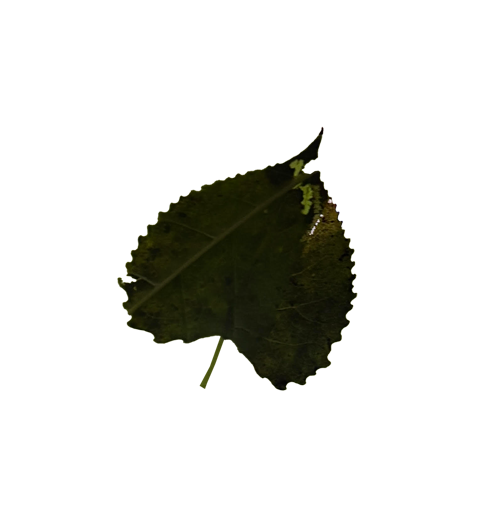The properties of system are revealed by the behaviors and emergent morphologies of material inputs. These arrangements show the self-deterministic nature of the system. No matter what, the constituent matter will be arranged according to these properties, whether that happens rapidly or slowly.
Revision 08-23: D’Arcy Thompson (1917) wrote that form (“the body’) is a “diagram of forces” that have shaped it.
Examples of this process working quickly are the of techniques scientists use as indicators to survey properties of systems, such as deliberately adding radioactive isotopes to water to assess water and soil cycles.
This line of inquiry was inspired by discussions of sediment transport during the Bird Islands Workshop, where alongside modeling, test placement of sediment has the potential to reveal truths about the site.
The unintended results of this effect can be beautiful and constructive or ugly and destructive to humans. But there are some extremely elegant results from working alongside larger forces: food fermentations, regenerative grazing, beach nourishment, music.
Many of these examples are learned skills. Although they are informed by theory and mental models, ultimately, they rely on a learned sense of the system and practiced technique: a placement touch developed over time.
In landscape architecture practice, this is clear by the impact of good contractors and the abilities of experienced designers. Our education system relies on standards (graphic, time-saver) and precedents to convey a sense of placement procedure – allowing students to balance the composition of a plan graphic. A kit of parts, site elements that are proven to work. We rely on what’s safe, what we know works. We are reluctant to off expertise outside of our limited and specialized knowledge for fear or disappointing the client or reviewer or losing our limited budget.
But what if we moved away from this all-or-nothing, static, approach, and enabled learning and iteration – foregrounding touch and adaptive maintenance? Can we use our resources more intelligently by utilizing low-impact, reclaimed materials that are more quickly dispersed by the system to design responsively?
This new form of practice would allow us to develop a new sense of touch necessary as our practice expands to meet new challenges. We cannot hope to adapt to these conditions by using tools gleaned from the institutions that got us here in the first place.
